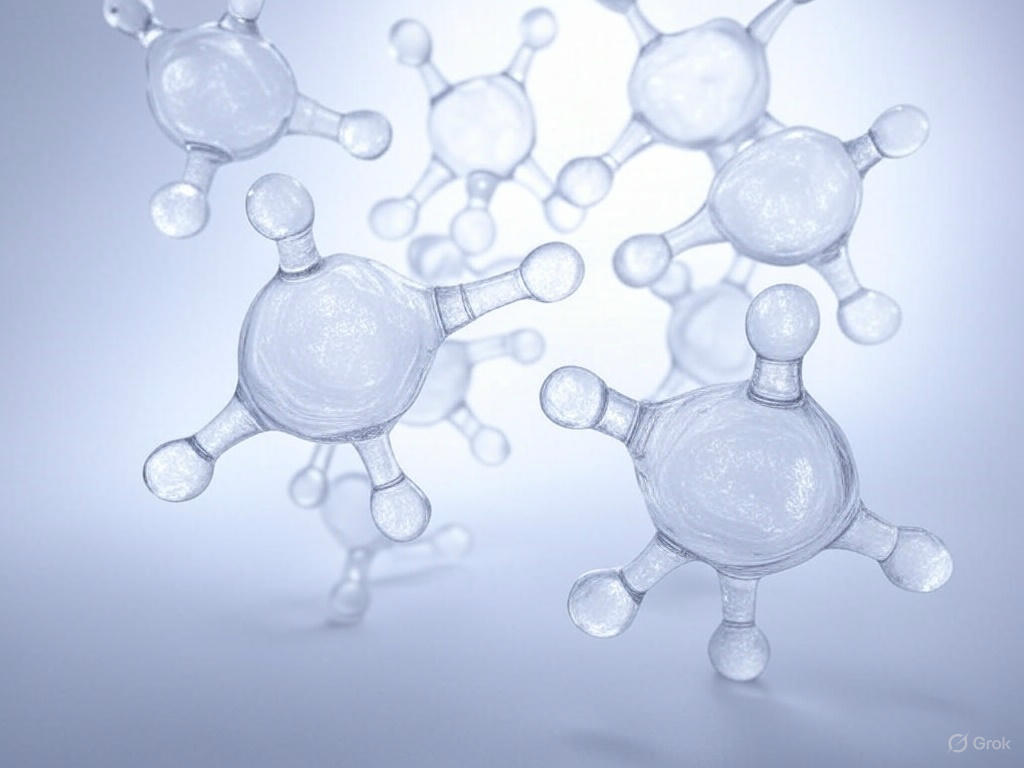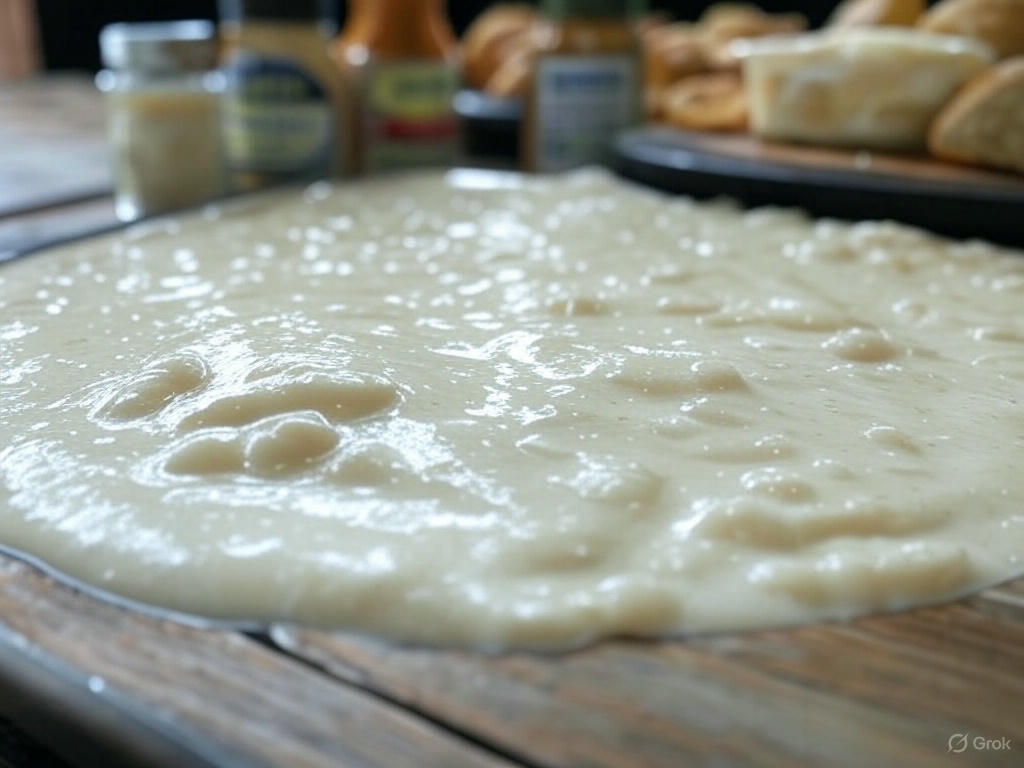Hydroxyethyl Cellulose (HEC) and Methyl Hydroxyethyl Cellulose (MHEC) are both cellulose ethers derived from natural cellulose, widely used as thickeners, stabilizers, and water-retention agents in various industries like construction, coatings, and personal care. While they share some similarities, their chemical structures and properties lead to distinct differences.
Chemical Structure
- HEC: Made by reacting cellulose with ethylene oxide, introducing hydroxyethyl groups. It’s a non-ionic polymer with a simpler structure focused on hydroxyethyl substitution.
- MHEC: A modified version of HEC, where cellulose is reacted with both ethylene oxide (adding hydroxyethyl groups) and methyl chloride (adding methoxy groups). This dual substitution makes MHEC slightly more complex and alters its performance.
Solubility
- HEC: Soluble in both hot and cold water, with no precipitation at high temperatures or boiling. This gives it a broad range of solubility and viscosity options without thermal gelation.
- MHEC: Also soluble in cold water, but its solubility in hot water is reduced compared to HEC. It may form a gel at higher temperatures (typically above 80°C), influenced by the methoxy groups.
Water Retention
- HEC: Offers good water retention, roughly twice that of methyl cellulose, making it effective in applications needing moisture control, like paints or adhesives.
- MHEC: Excels in water retention, often outperforming HEC, especially at high temperatures. This makes it a preferred choice in construction materials like mortars and plasters, where retaining water in hot climates is critical.
Thickening Efficiency
- HEC: Known for high viscosity at low concentrations, making it an excellent thickener in coatings, cosmetics, and personal care products like shampoos. It’s less efficient in high-temperature stability.
- MHEC: Provides superior thickening efficiency, often requiring smaller amounts to achieve the same viscosity as HEC. This efficiency, combined with better heat stability, suits it for demanding applications like waterborne paints and tile adhesives.
Thermal Stability and Gelation
- HEC: Does not gel thermally, maintaining stability across a wide temperature range without solidifying. This is ideal for applications requiring consistent viscosity.
- MHEC: Has a higher gelation temperature (typically >80°C) due to the methoxy groups, offering better stability in hot environments but potentially gelling in extreme heat, which can be an advantage or drawback depending on the use.
Applications
- HEC: Commonly used in paints, coatings, adhesives, and personal care products (e.g., lotions, shampoos) due to its thickening, film-forming, and stabilizing properties. It’s prized in water-based paints as a rheology modifier.
- MHEC: Widely applied in construction (e.g., cement mortars, tile adhesives, wall putty) for its excellent water retention and workability, as well as in waterborne coatings where cost-effectiveness and performance under heat are key.
Other Properties
- HEC: Exhibits strong protective colloid ability, meaning it stabilizes emulsions well, but its dispersion is weaker compared to other cellulose ethers. It’s highly salt-tolerant, suiting high-electrolyte environments.
- MHEC: Offers good compatibility with various additives and emulsions, plus enhanced enzyme resistance, leading to better storage stability in formulations like paints or mortars.
Practical Considerations
- HEC: Easier to work with in formulations needing broad solubility and no heat-induced gelation. It’s less suited for extreme temperature conditions.
- MHEC: Preferred in hot climates or high-temperature processes due to its stability and superior water retention. Its slightly higher cost can be offset by lower required dosages.
In summary, HEC shines in applications needing flexibility across temperatures and strong thickening (like paints and cosmetics), while MHEC stands out in construction and coatings where water retention, heat stability, and efficiency are critical. The choice depends on your specific needs—temperature conditions, desired viscosity, and application environment.




